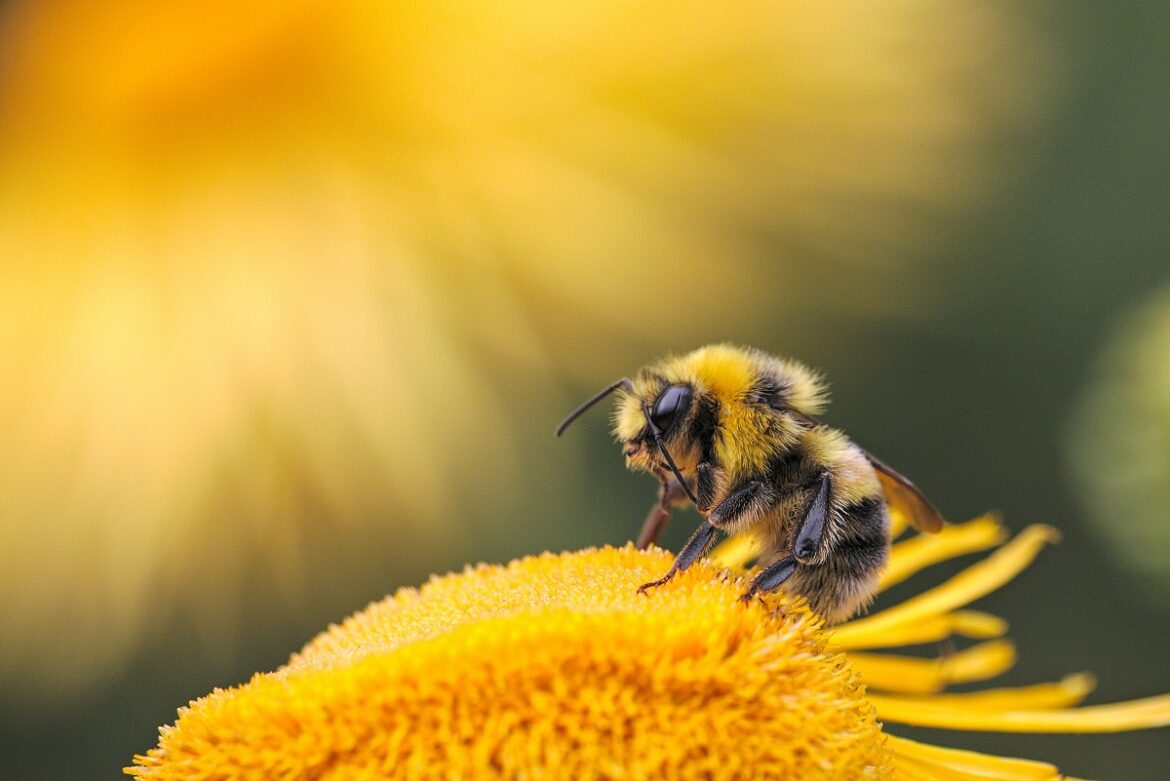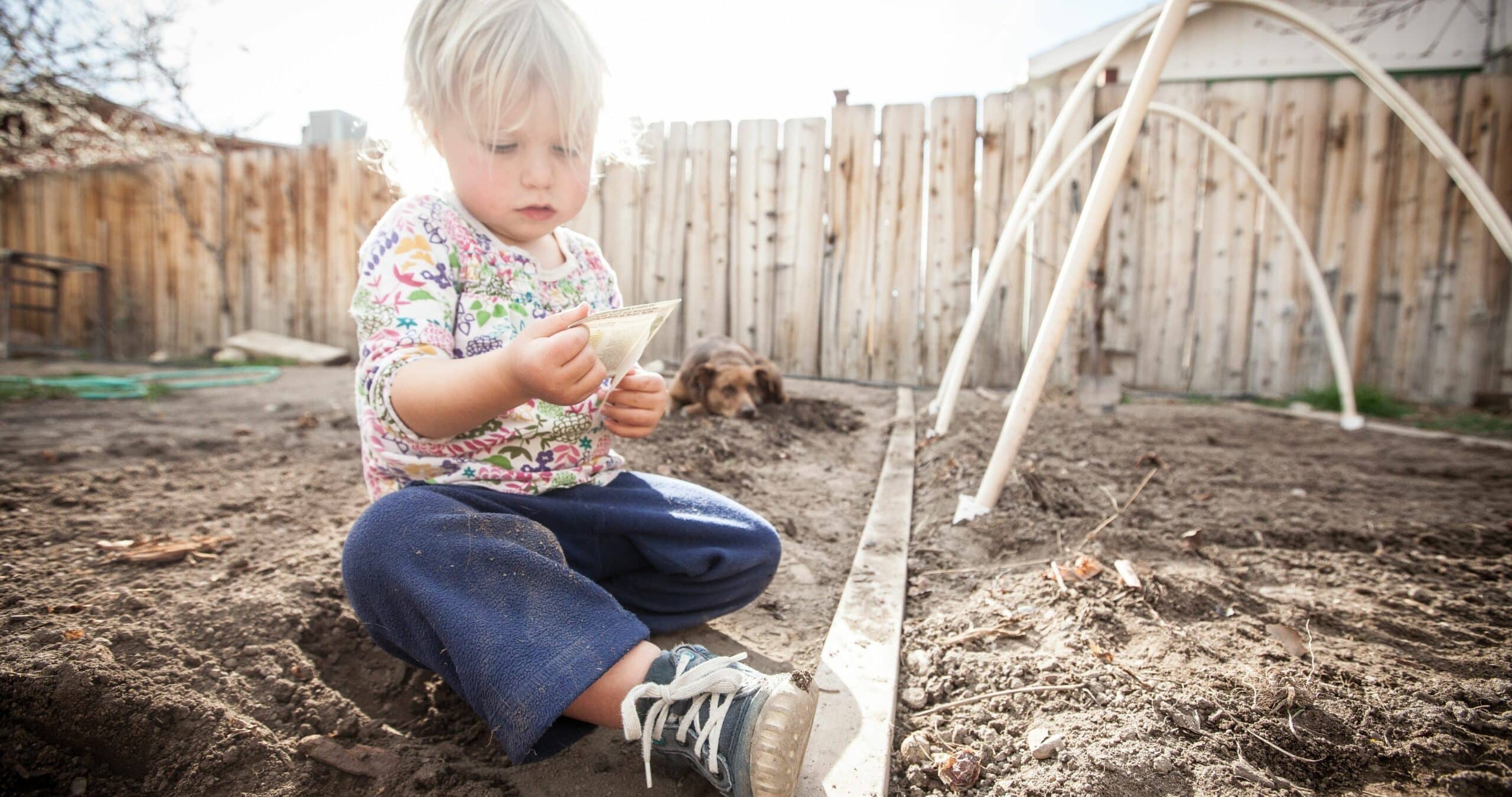By Allison McCabe | Edited by Lisa Houle | October 26, 2022
Fall is a great time to get the gardens ready for next spring – planting bulbs, cleaning up summer veggie beds, and sowing wildflower seeds as they need time to germinate in the cold. Many gardeners purchase wildflower mixes. Unfortunately, invasive species are often included in the mix.
Earlier this year, a scan of 16 seed distributors in BC revealed that nearly each one sold had at least one invasive seed variety. Sold in unmixed packs or as part of bee, pollinator, or wildflower mixes, only a few of these companies included warnings about invasives on their labels.
In 2002 the University of Washington conducted an experiment on seed mixtures produced or distributed by a variety of US and Canadian sources. Researchers grew 19 packets of wildflower mixtures and found that each contained between three and 13 invasive species. Eight of these contained seeds from plants considered ‘noxious weeds’ in at least one US state or Canadian province. One-third of the packets didn’t list any contents, and just over one-third had seed lists that weren’t accurate. Only five of the 19 packets accurately itemized the species content.
Invasive species that commonly occur in wildflower seed mixes include: Baby’s breath (Gypsophila paniculata), Bachelor’s button (Centaurea cyanus), Blueweed (Echium vulgare), burdocks (Arctium spp.), Comfrey (Symphytum officinale), Common mullein (Verbascum thapsis), Foxglove (Digitalis purpurea), Giant hogweed (Heracleum mantegazzianum), Knapweed species (Centaurea spp.), Oxeye daisy (Leucanthemum vulgare), Purple loosestrife (Lythrum salicaria), and St John’s Wort (Hypericum perforatum).
It is best to plant native species when trying to attract native pollinators – they have co-evolved with each other over long periods of time and often have complex ecological relationships. By planting invasive species, you are altering these native ecosystems and impacting the plants and animals associated with them– probably just the opposite of what you were trying to do by planting wildflowers.

Here is how to avoid invasive species in wildflower seed mixes:
- KNOW which species are considered invasive in your area
- AVOID buying seed mixes that don’t provide species lists
- CHECK the species list – if it has an invasive for your area, don’t plant them, make a better plant-wise decision instead
- MAKE your own seed mix or seed bombs
Remember, consumers drive seed sales.
- INFORM producers/retailers selling invasive plants that you will not be purchasing their seeds for that reason
- ASK if they can develop an invasive-free alternative
Did you know? Bird seed can also harbour invasive plant seeds! Stay tuned for our next seedy article explaining the problem and we will show you how to safely feed your feathered friends this winter!
Allison is the Senior Lead of Outreach at ISC. A horticulturist, teacher, and amphibian lover, she is passionate about protecting BC’s biodiversity from invasive species through education and experiential learning. You can reach Allison at amccabe@bcinvasives.ca
Share


















